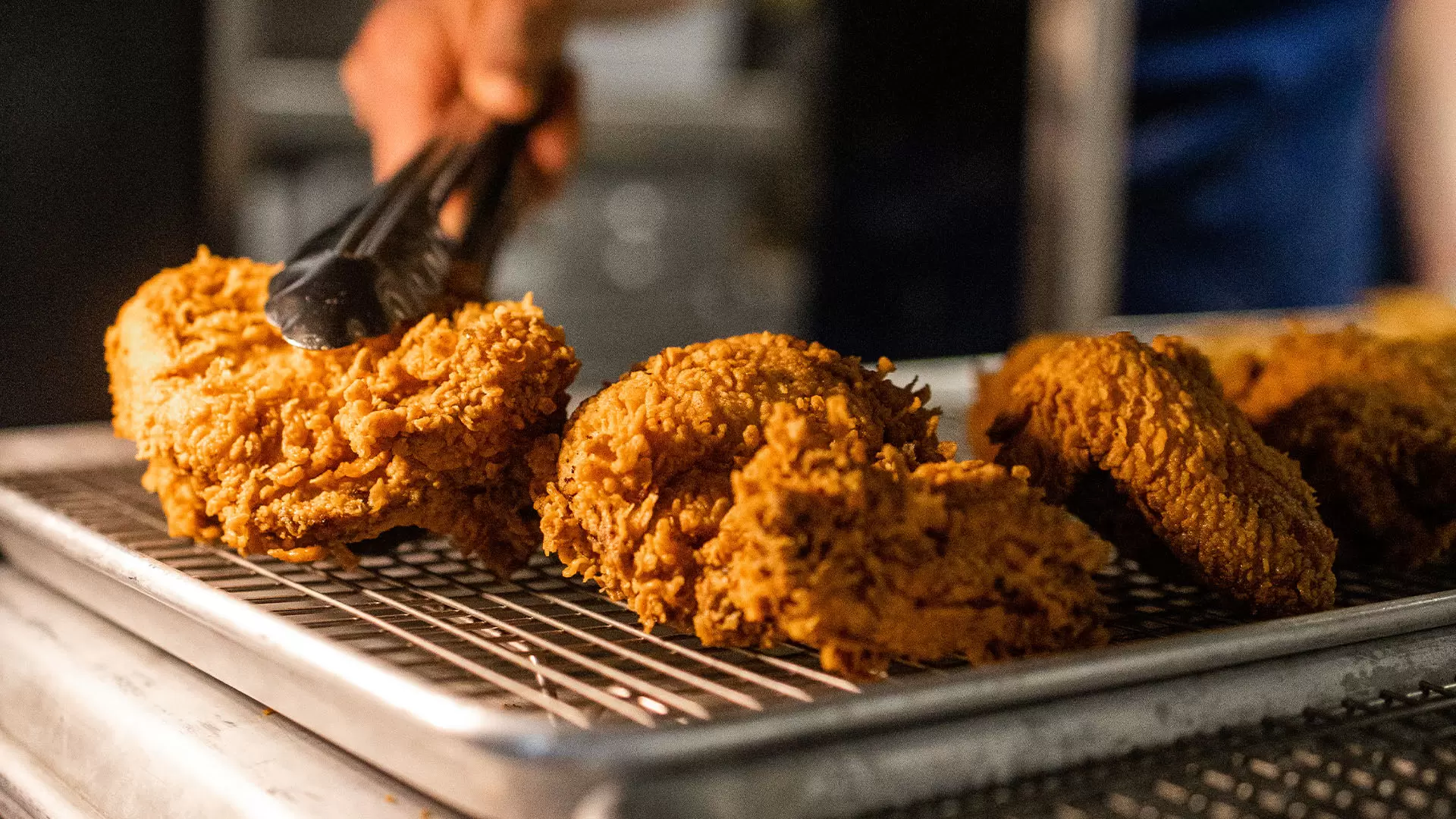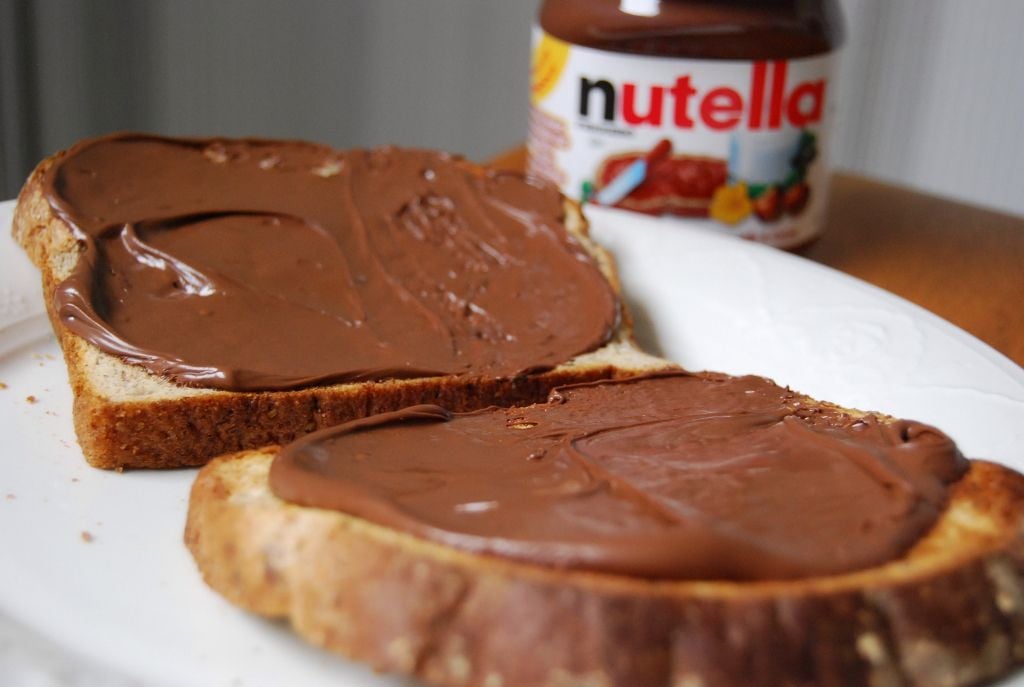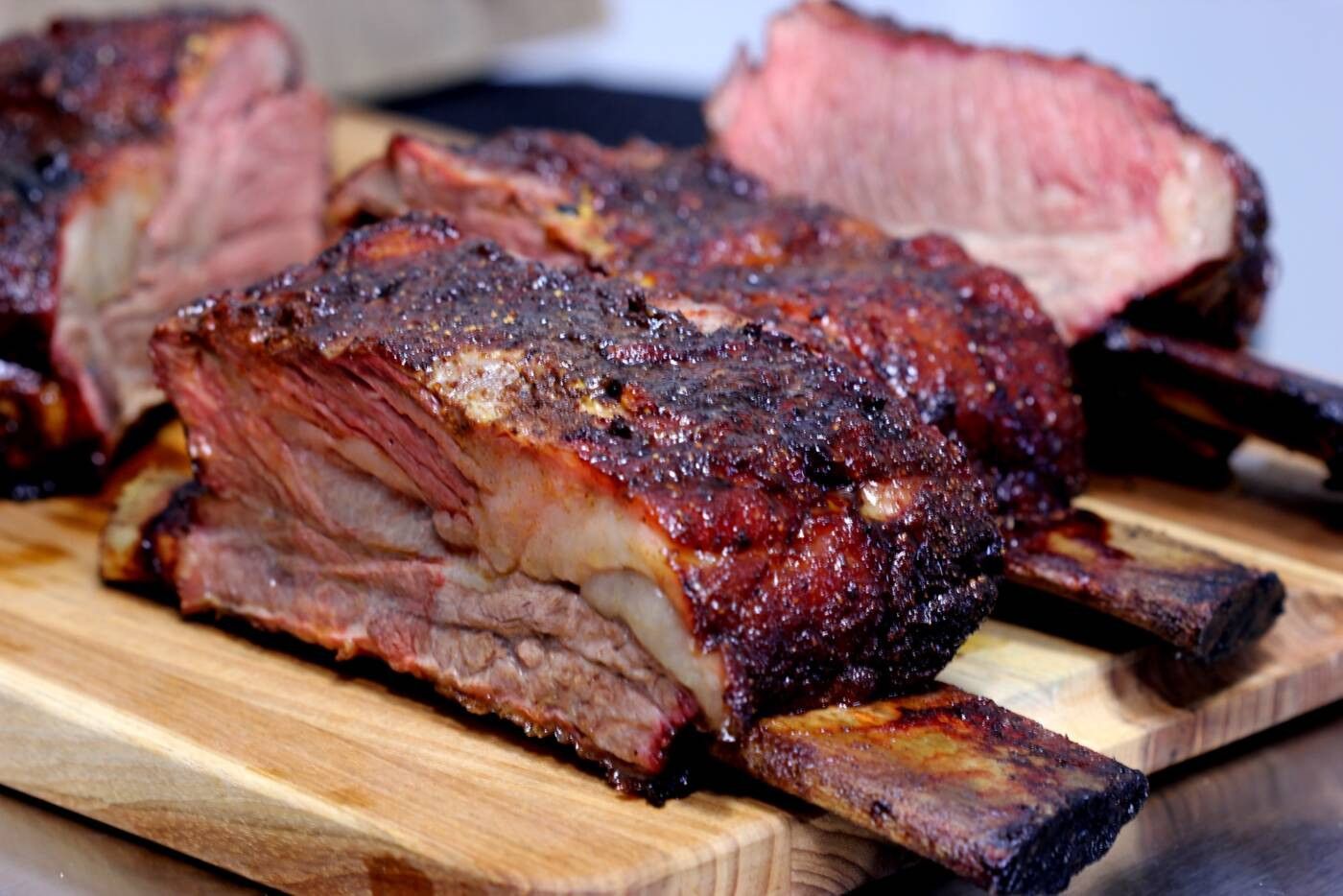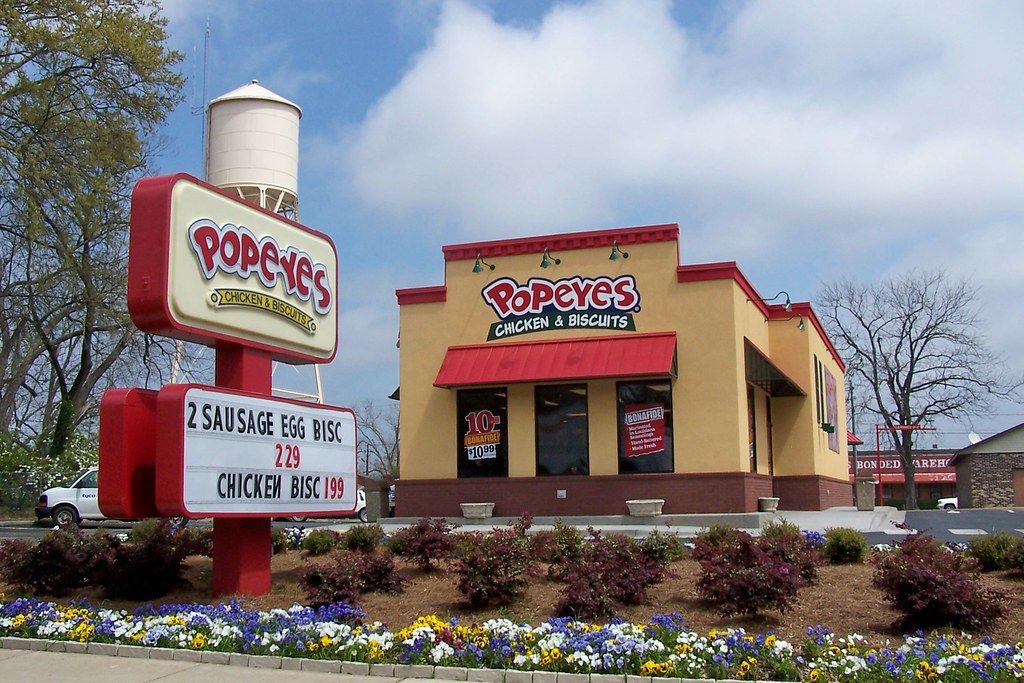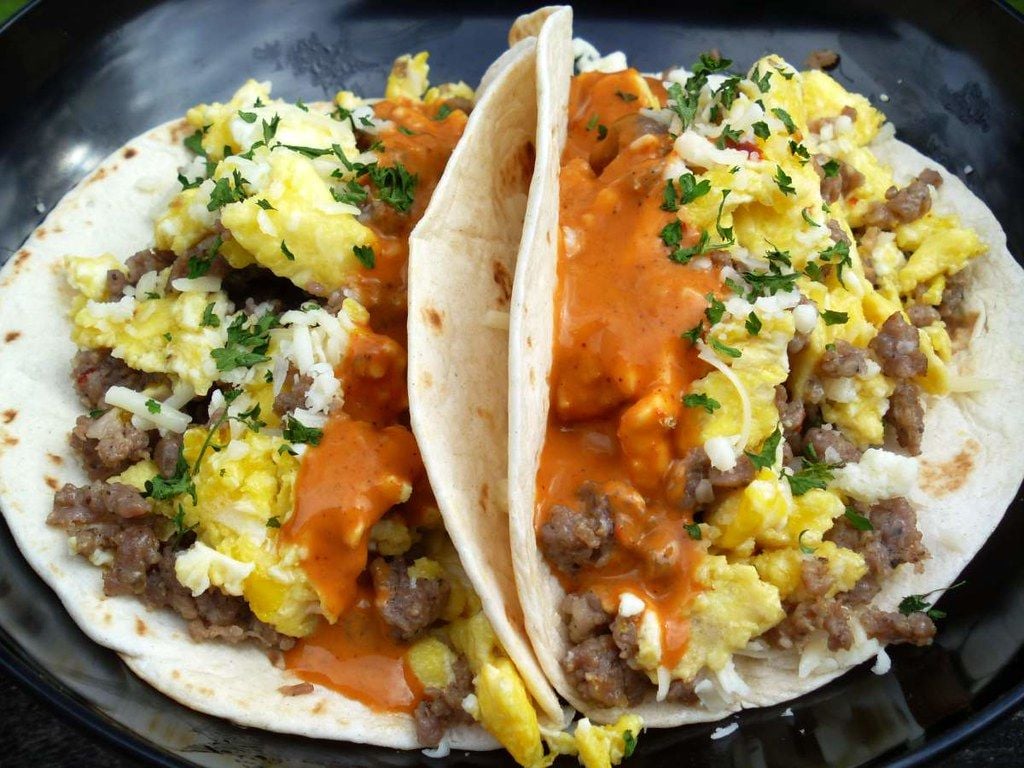
Unveiling Tequila and Mezcal: Potent Spirits of Mexico
- May 16, 2025
The world of tequila and mezcal is much like a bustling bar in any large city – filled with intrigue and interesting flavors. With their increasing popularity in the United States, few can resist the allure of these Mexican spirits. Indeed, these beverages are not merely alcoholic delights but, in reality, windows opening up to the rich tapestry of their native Mexican culture. As Ketsuda Nan Chaison, the brain behind Mestizo and Libre restaurants in Portland, aptly puts it, "Tequila and mezcal are the hottest spirits on the market right now.”
However, tracing these delicacies back to their roots tends to spiral into a labyrinth of confusion. To appreciate these spirits fully, one must first dive deep into their history, which stretches back to the indigenous, farming communities of pre-Columbian Mexico. The name mezcal originates from the Nahuatl term meaning cooked or baked agave, a testament of rituals performed by the ancient Aztecs around 250 AD.
Bartender Diego Livera, who now heads The Cabinet Mezcal Bar in NYC, sees these spirits as instrumental in allowing Mexican producers to express their love for their land, family ties, and craft. Both tequila and mezcal have an undeniable lineage tied to the agave plant, a succulent that native to the Americas’ drier regions. The concoction made from blue Weber agave is referred to as tequila. It comes in five variations, distinguished primarily by their aging period and blend composition.
Esteemed more like Champagne, the production of tequila is regulated by the Mexican government-activated Consejo Regular del Tequila (CRT). Mostly produced in Jalisco – a Mexican state with a city named after the spirit – tequila's production is also permissible in certain municipalities within Guanajuato, Michoacán, Nayarit, and Tamaulipas. The agave heart, once roasted or steamed, goes through double-distilling process, before being/bottled at alcohol content ranging between 35% to 55%.
On the other hand, mezcal is a broader category, produced from multiple types of maguey – another term for the agave plant. Post 1995, mezcal's production has become considerably standardized with the advent of Designation of Origin status. Today, it must contain 100% agave, the varieties of which span over 40 approved species. The concoction is allowed to be distilled within nine Mexican states.
Tequila and mezcal, despite some shared traits, have distinctive characters. Tequila is restricted to just one type of agave and can only be produced in five designated Mexican regions. On the contrary, mezcal is derived from several maguey types and can be manufactured across nine Mexican states. Mezcal's taste can vary from herbaceous and fruity to earthy and mineral-like, while tequila generally offers flavors of cooked agave, tropical fruit, and citrus.
Irreplaceable in the Mexican social and culinary scene, these spirits are enjoyed neat or mixed into cocktails. According to Jesse Vida from Singapore's Cat Bite Club, both spirits can be used interchangeably in cocktails. Furthermore, an ounce of mezcal can add an interesting twist atop a traditional Margarita, as recommended by Chaison.
Whether consumed separately or blended into unique cocktails, tequila and mezcal undeniably reflect the rich culture, heritage, and crafting expertise of Mexicans, making them more than just spirits in a bottle.

